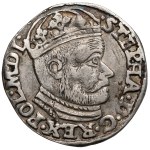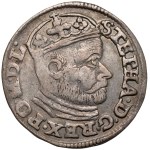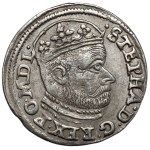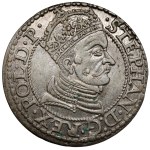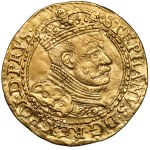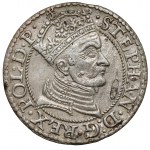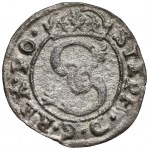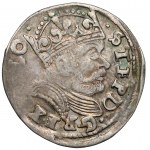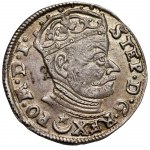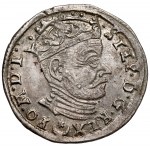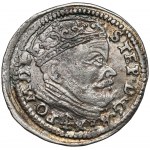On assuming the throne, King Stefan had to face not only the opposing city of Gdansk, but also the monetary chaos following the rule of Sigismund Augustus and the long interregnum. As early as 1578, he introduced a new minting ordinance, which provided for the minting of denominations ranging from the ducat, through thalers, half-talers, trojacks, to pennies and shekels. In 1580, he expanded the law to include sixpences, half-pennies and denarii. In reality, however, his minting was dominated by trojaks and shekels, and denominations higher than that, including the sixpence, are very rare coins today.
Some of the few thalers of this king that appear on the market are those from the Nagybanyi mint.
This is an issue that is most likely the result of a loan taken for war needs by Batory in his native country, which was paid to him not in local money, but in a coin minted under his stamp - as King of Poland.
A thaler of nice appearance. On the rim (at 8 and 11 o'clock) two small traces of bright metal. Shallow graffiti on the sides of the bust of the king. Light luster. Colorful patina. Underdrawing at the bottom of the reverse caused by progressive cracking of the stamp.







